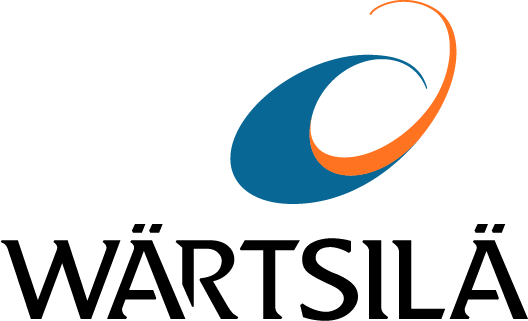
Wärtsilä’s sustainability report presents the company’s most material sustainability matters, performance, targets, and progress towards the targets. Starting from 2024, Wärtsilä’s sustainability report is prepared in accordance with the EU Corporate Sustainability Reporting Directive (CSRD). Until 2024, Wärtsilä prepared a voluntary-based sustainability report in line with the GRI framework.
Wärtsilä’s sustainability reporting covers all the Group companies. Environmental and social performance data is collected from subsidiaries using a sustainability reporting system while economic data is based mainly on audited financial accounts. Each company has a nominated individual responsible for collection and consolidation of the data, and for its quality and reliability. Wärtsilä’s sustainability function collects and consolidates the data from the subsidiaries and is responsible for sustainability reporting. Since 2001, Wärtsilä’s sustainability report has been externally assured.
The materiality assessment is an essential part of the process for defining the sustainability reporting content by taking into account various stakeholder groups’ views on the importance of different topics. Wärtsilä uses the Double Materiality approach to assess the material matters for the company.
The first Double Materiality assessment was conducted in 2023. In the assessment, the company endeavoured to mark out what sustainability matters are most significant for Wärtsilä in the sense of its impacts on people or the environment, and which create the greatest risks and opportunities for it. The process was divided into three phases, each of which involved a varying group of internal experts and leaders to ensure having all the necessary knowledge and strategic insight available for the process to properly evaluate the wide range of different aspects in the field of sustainability. The process was led by the group sustainability function.
The first phase was setting the sustainability context for Wärtsilä. It included mapping of sustainability aspects and impacts on a general level over Wärtsilä’s value chain. The second phase was mapping of potential sustainability aspects for the final phase of detailed evaluation. In this phase the key stakeholders for Wärtsilä were decided on, and information on their interests on Wärtsilä were collected in relation to the various sustainability matters through a questionnaire to internal key stakeholder contacts. The third and final phase was to conduct a detailed materiality assessment for the list of potential material aspects. This was done through a series of workshops involving people from various relevant functions in Wärtsilä, in which the company’s impacts on environment and people were assessed, as well as relevant risks and opportunities.
As a result of the Double Materiality assessment, the following matters were identified as material for Wärtsilä:
The results of the Double Materiality assessment will be validated annually, except in cases of major changes, when a new materiality assessment is required.
Read more information about our materiality assessment in our Annual Report.